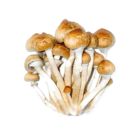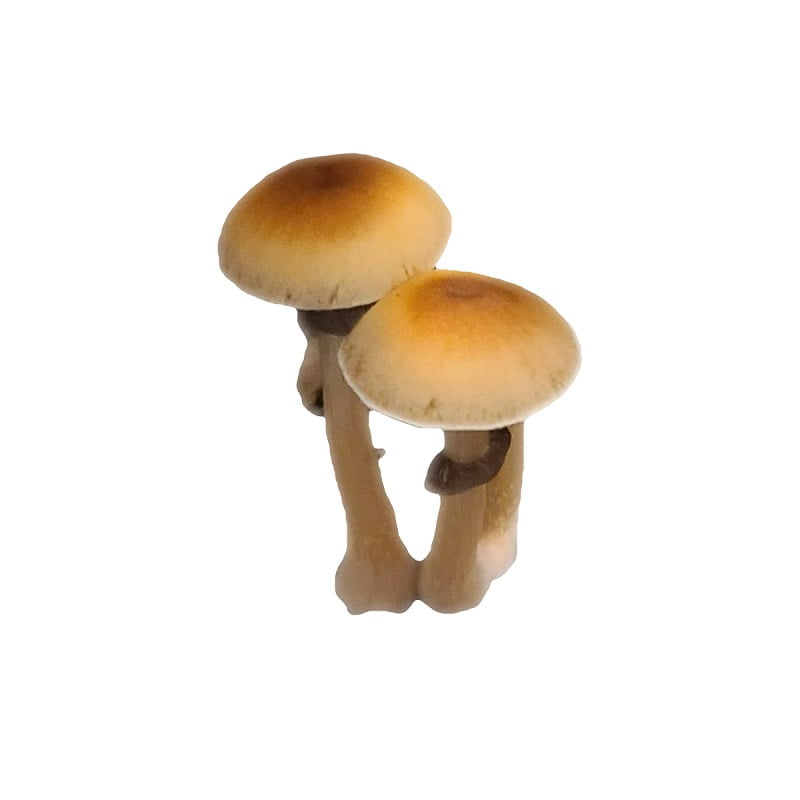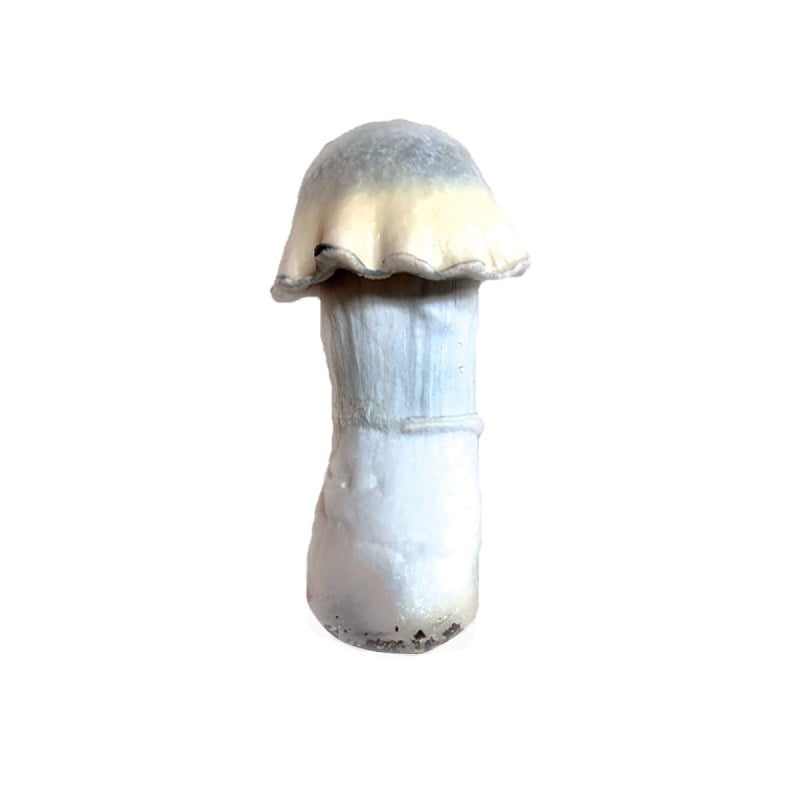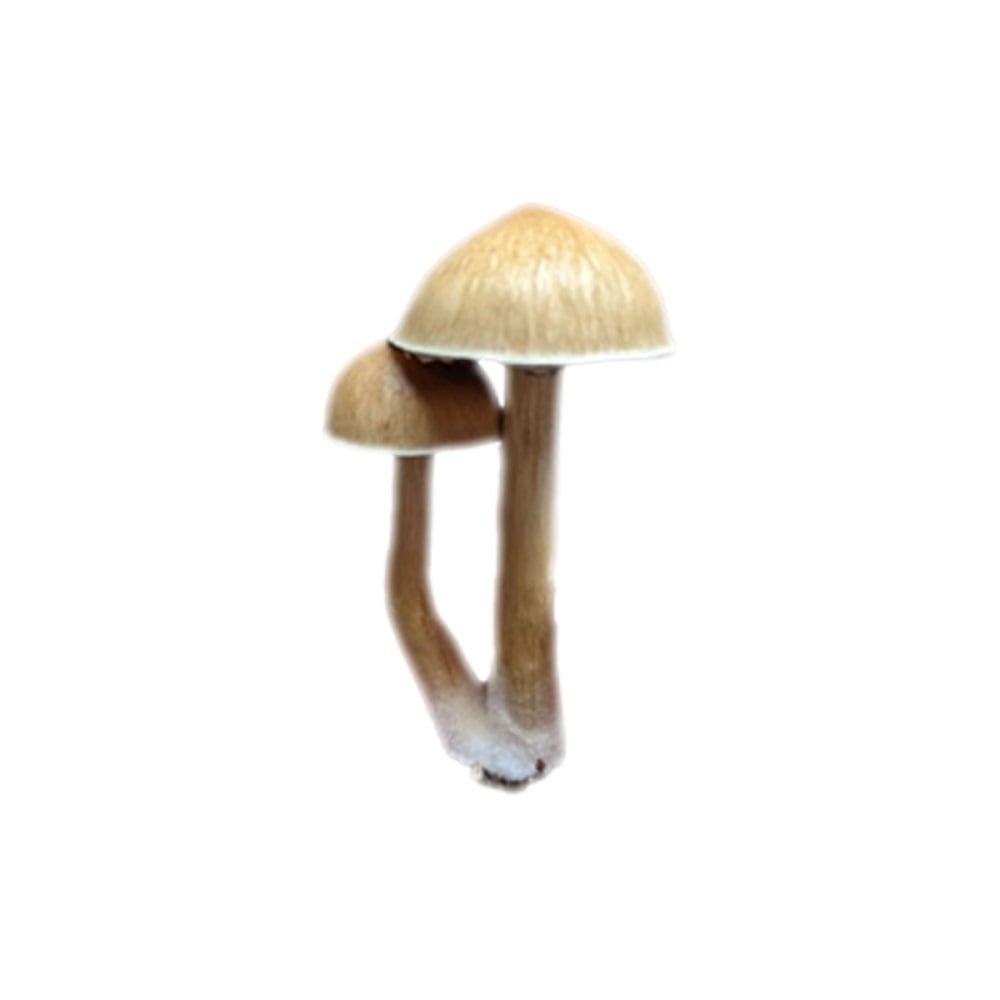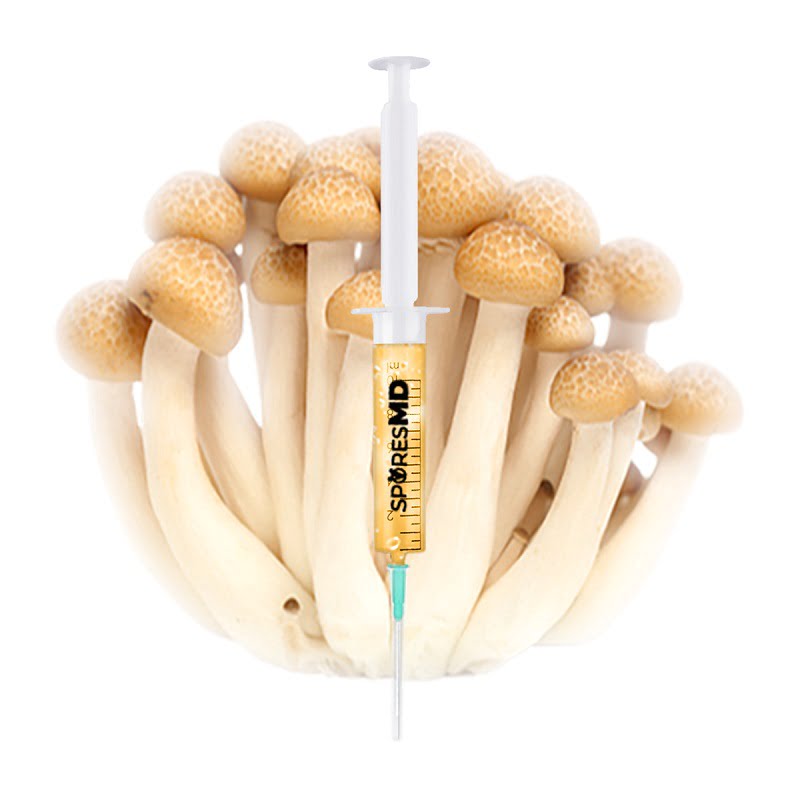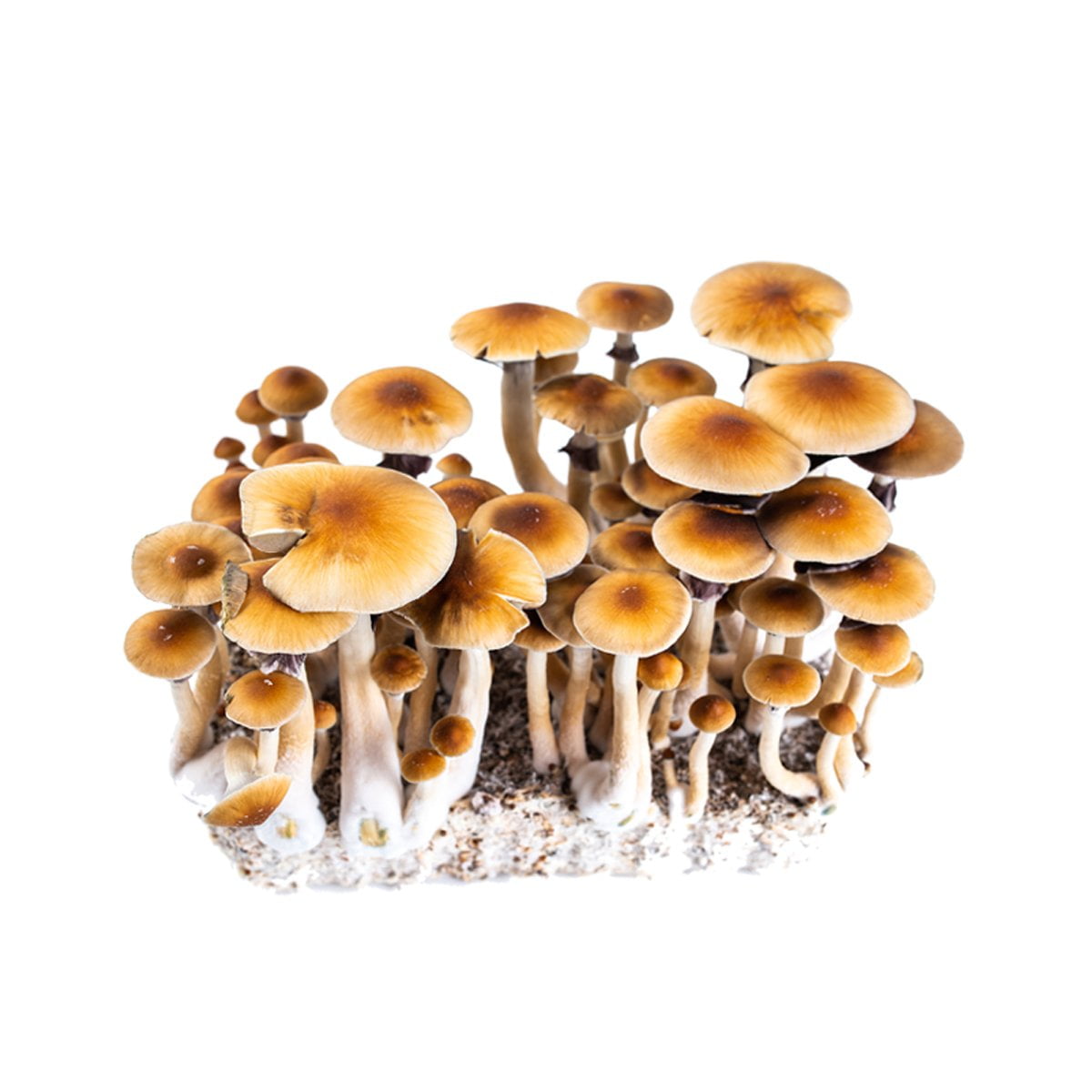Description
The Pink Buffalo, or “Hairy Buffalo,” is renowned in mycological studies for its unique traits and fascinating origins. This strain, sought after by researchers and enthusiasts, is distributed strictly for educational and scientific examination.
Origin and Ethnobotanical Context:
Named after its discovery near a sacred albino buffalo in Thailand, the Pink Buffalo strain intertwines natural history with cultural reverence. This connection enriches its ethnobotanical profile, offering a glimpse into how natural species and cultural narratives interplay, particularly in Southeast Asian traditions where the albino buffalo symbolizes prosperity.
Morphological Distinctiveness:
Contrary to its name, the Pink Buffalo mushrooms are not pink but are known for their vigorous growth and robust structure. The mushrooms typically feature caramel to golden brown caps, supported by thick, sturdy stems, making them a subject of interest under the microscope for their striking morphological features.
Genetic Diversity and Mycological Significance:
The Pink Buffalo strain is pivotal in mycological research due to its contribution to the understanding of genetic diversity within the microscopy liquid culture species. Studying its genetic variations sheds light on differing growth patterns, potencies, and morphological traits among mushroom strains, advancing the fields of fungal biology, genetics, and ecology.
Ethical and Legal Adherence:
With the Pink Buffalo’s prominence in mycology comes the responsibility to adhere to ethical and legal standards. Its spores and cultures are purposed solely for research and educational applications, demonstrating a commitment to responsible and lawful engagement with fungi.






